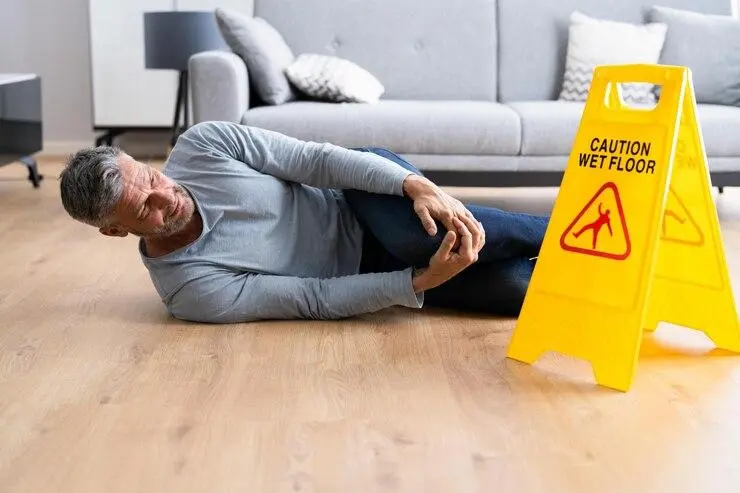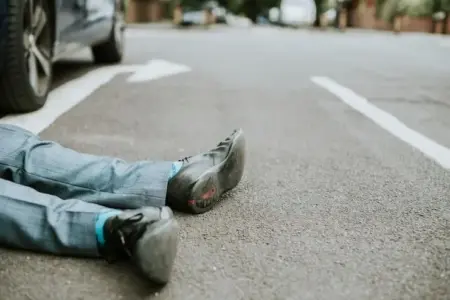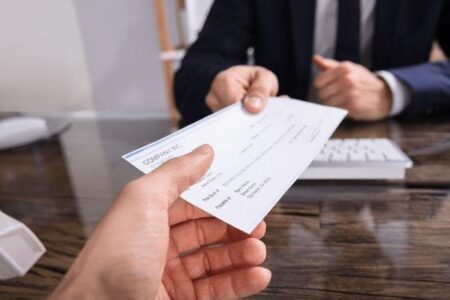Slip and fall accidents happen more often than people realize. Whether it’s a wet floor in a grocery store, an icy sidewalk outside a business, or a loose carpet in a hotel lobby, these situations can cause serious injuries. And when they do, one big question comes up—who’s responsible? That’s where the concept of negligence comes in.
If someone else’s carelessness led to your fall, you may have the right to seek compensation. Understanding how to prove negligence in a slip and fall case is key to winning your claim. Many victims find the legal process confusing or overwhelming, especially when they’re also trying to recover from injuries.
That’s why it’s so important to know what to look for, what to document, and what to expect. If you or someone you care about has suffered from a slip and fall, don’t wait around. Contact sliporfall.com to explore your legal options and get the guidance you need.
If you know how to prove negligence, you can stand up for your rights and hold the responsible party accountable. Let’s break down what that really means.
What is Negligence?
Negligence is a legal term, but the idea behind it is simple. It means that someone failed to act in a way that a reasonable person would have in the same situation. In a slip and fall case, the property owner or manager might be negligent if they didn’t fix a dangerous condition or failed to warn you about it.
For example, if a store knew about a puddle on the floor and didn’t clean it up or put out a warning sign, they could be found negligent. The same goes for a landlord who ignores a broken staircase or poor lighting.
Four Key Elements to Prove
To prove negligence in a slip and fall case, you need to show four main things:
1. Duty of Care
The property owner had a legal responsibility to keep the area reasonably safe for visitors. This is known as a “duty of care.” Businesses, landlords, and homeowners all have this duty in different ways, depending on who’s on their property.
2. Breach of Duty
This means the owner failed to meet their responsibility. Maybe they didn’t clean up a spill, didn’t fix a loose floorboard, or ignored a maintenance issue. Failing to act or acting carelessly can both count as a breach of duty.
3. Causation
You need to prove that the unsafe condition directly caused your fall and injury. This can be tricky. For instance, if you slipped on a floor but were wearing slippery shoes, the property owner’s fault might be questioned. That’s why photos, videos, and witness statements can be so important.
4. Damages
Finally, you must show that you suffered real harm. This could be medical bills, lost income, pain and suffering, or other types of losses. Keeping detailed records helps support your claim.
Collecting the Right Evidence
Right after a slip and fall, what you do can make or break your case. Take photos of the scene, your injuries, and anything that caused your fall. Get the names of any witnesses. If there’s a security camera nearby, that footage could be useful, too.
Also, make sure to report the incident to the property owner or manager and get a copy of that report. Then, see a doctor as soon as possible and keep every document related to your injury.
Don’t Delay—Act Quickly
There’s something called a statute of limitations. That’s the legal time limit you have to file your claim. Depending on where you live, this might be just a year or two. If you wait too long, you could lose your chance to recover any compensation.
Final Thoughts
Slip and fall cases are more than just accidents. They often happen because someone didn’t take care of their property the way they should have. If that negligence caused your injury, you have every right to seek justice.
Remember, proving negligence isn’t just about pointing fingers. It’s about showing clear evidence that someone else’s carelessness led to your pain. So stay calm, gather what you can, and take the right steps. With the right help, you don’t have to go through this alone.







